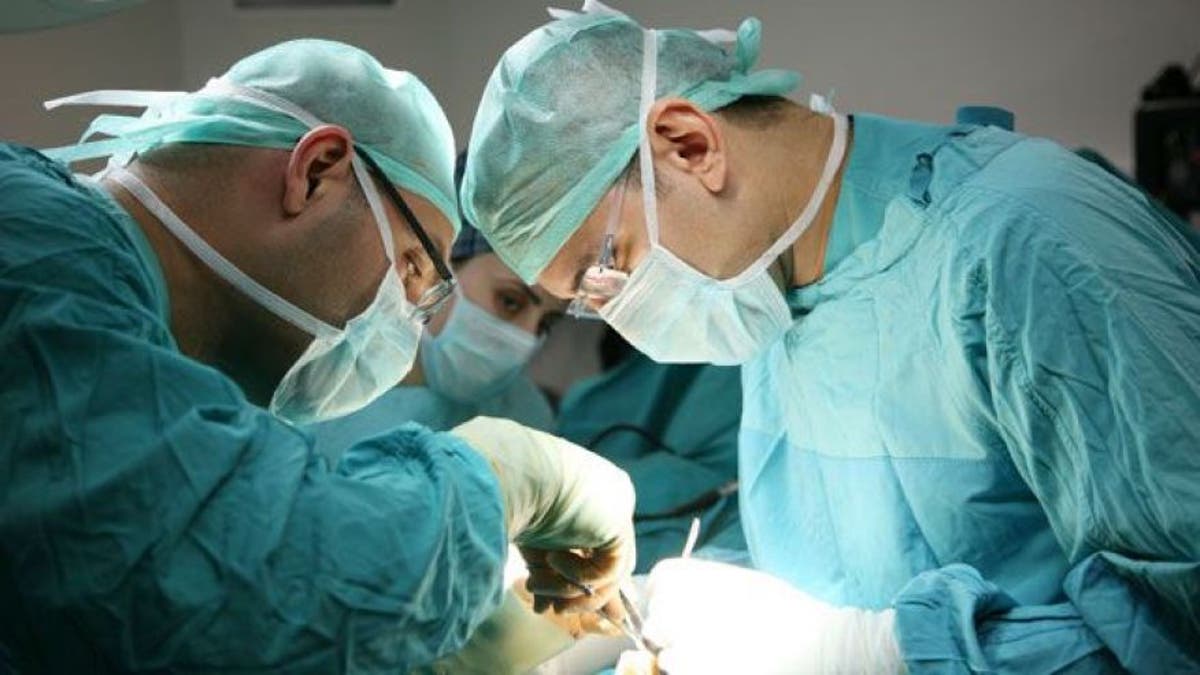
The first transplanted uterus in the United States has been removed just weeks after the procedure, and only a handful of these operations have been performed successfully in other countries. So what makes uterus transplants so challenging, and why might they fail?
On Wednesday (March 9), the Cleveland Clinic announced that its patient who had received a uterus transplant had experienced a sudden complication and that the transplanted organ had to be removed. The transplant was initially performed on Feb. 25, in a 9-hour surgery.
Doctors did not provide details about the complications that led to the removal of the transplanted uterus. However, the Cleveland Clinic said in a statement that it was reviewing the case and that it would provide more information as it became available. "The medical team took all necessary precautions and measures to ensure the safety of our patient," the statement said.
So far, there have been 12 uterus transplants in the world, and five were not successful. Uterus transplants can fail for the same general reasons that any organ transplant fails, said Dr. Alexander Maskin, an assistant professor of surgery at the University of Nebraska Medical Center (UNMC), who was not involved with the Cleveland Clinic case but who is helping plan a uterus transplant program at UNMC.
The main reasons for failure include organ rejection, which is when the patient's immune system attacks the organ; an infection of the organ; or problems with the organ's blood supply. In the case of a uterus transplant, a blood clot could impair or block blood flow to the organ, Maskin said. [The 9 Most Interesting Transplants]
A woman who received a uterus transplant in Saudi Arabia in 2000 needed the organ removed about three months after the initial operation. In that case, the organ deteriorated because clots blocked its blood supply. Another woman in Turkey received a uterus transplant from a deceased donor in 2011, and she was able to become pregnant, but miscarried. And recently, in Sweden, doctors performed nine uterus transplants, and two had to be removed after the surgery. But five of the Swedish women were able to become pregnant and give birth.
In the Swedish trial, the transplanted uteruses came from living donors, whereas in the Cleveland Clinic patient, the transplanted uterus came from a deceased donor. It's not clear if using organs from deceased versus living donors could affect the success of a uterus transplant, Maskin said, noting that just two women have received uterus transplants from deceased donors. "[It's] too early to speculate," Maskin said.
The main challenge for uterus transplants is that the surgery is very new, so it will take time to perfect.
"It's not so much more difficult [than other transplants]; it's just that it's a brand-new surgery, so the learning curve is steep figuring out how to actually do it," Maskin said. He noted that, three decades ago, kidney transplants took 6 to 10 hours to complete but can now be done in an hour and a half.
Cleveland Clinic plans to continue its trial of uterus transplants, which will include 10 women in total, according to the statement.
16 Oddest Medical Cases9 Uncommon Conditions That Pregnancy May Bring11 Big Fat Pregnancy MythsCopyright 2016 LiveScience, a Purch company. All rights reserved. This material may not be published, broadcast, rewritten or redistributed.
Copyright 2016 LiveScience, a Purch company. All rights reserved. This material may not be published, broadcast, rewritten or redistributed.